A Cleartrip, down the memory lane!
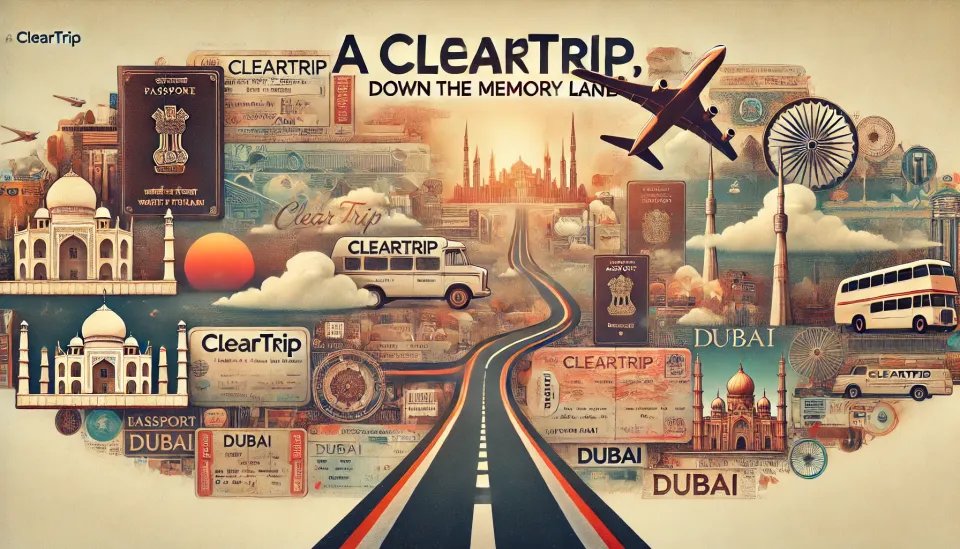
(Note: This post was originally written in 2021. However, due to issues with my hosting, my entire website had been deleted. This has been reposted again.)
“Unless you remember who, what, how, & where you were in life. It won’t be possible to grow” — Aditi Chandanani

The recent Cleartrip acquisition news seemed like déjà vu. I was working for a startup, tushky.com. Unfortunately, we weren’t able to raise funds, and it shut down. Cleartrip, however, was a brand loved by many. Hence, it got acquired by an e-commerce giant in the country. Travel has been the worst-affected industry due to this pandemic, with job losses in millions and billions in losses.
I joined Cleartrip as employee no. 2681 when I was 26 years old on 26th Oct’15 at their Bangalore office as the National Head of Theme Parks in the new hyper-local experience and activities vertical.
I come from a family of modest means and have never flown before. My first flight experience was when I moved to Bengaluru from Mumbai for this job. Cleartrip brought many firsts in my life, from flying domestic to International to even working in Dubai, which was my last role as Business Head of the Experiences & Activities division for the UAE.
In my career spanning over a decade, the 5 years at Cleartrip have been an enriching experience. I believe that every individual's experience is unique & the decisions or events viewed are through my lens. And you would find some good things & then some not-so-great ones.
Any article on the digitization of travel in India would be incomplete without a reference to MakeMyTrip. A simple financial comparison of MMT vs. Cleartrip would give the readers a sense of scale between the two.

1. The Culture:
I think it’s impossible to find a Cleartripper who was unhappy with the general work environment. The best part was the work-life balance. To a large extent, no one questioned you about time spent in the office as long as you got the work done. The teams were tight-knit based on the vertical that they were operating in. Nearly a third of the company had been there for more than 5 years, unheard of in tech startups where 2 years is a career. Cleartrip was a very fun place to work & people made it fun because everyone was happy.
Let's be honest, a friendly environment is bound to have some cons. Decision-making: especially the tough & rough ones, execution focus, & accountability are areas that the Cleartrip culture could have done better.
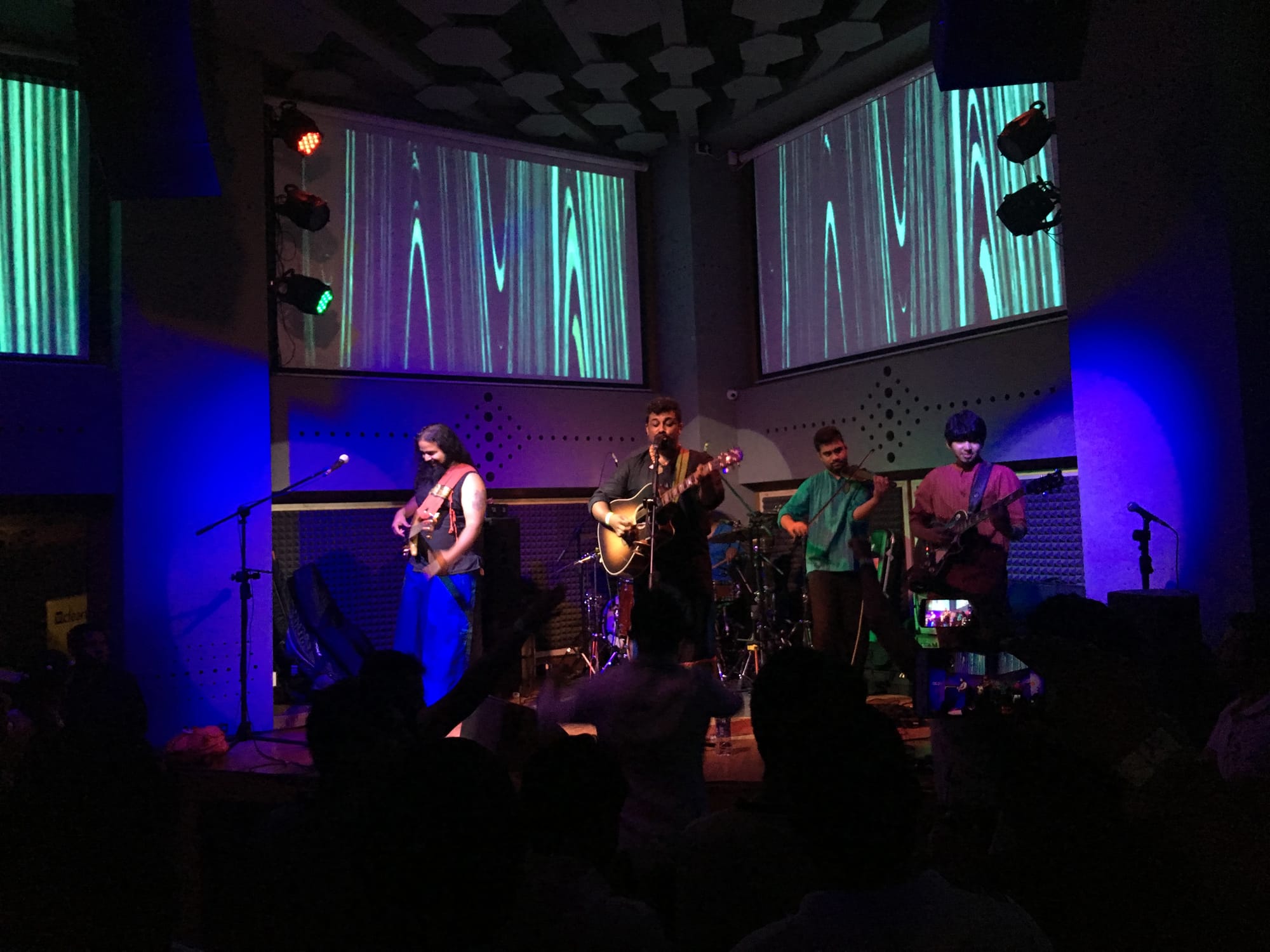
I always ponder whether the work-life balance & harmonious culture at Cleartrip had something to do with not having a hyper-growth & market share-focused VC.

2. User Experience Focus
It’s not a secret that Cleartrip was known for its product’s UX/UI. A big part of that comes from Mr. Hrush Bhat, co-founder of Cleartrip who left in 2015 before I joined. As a designer; his biggest contribution to the Indian travel landscape is the split screen to look at onward and return flights in the same view. Hrush is a futurist & I, on a few occasions, had the opportunity to listen to him as a part of the crowd. In one of the Cleartrip Annual parties he spoke about how it’s almost 2020 and travel UX hasn’t evolved generally at the same pace as E-commerce.
An example of the depth of this thought process was talking about why can’t people get an update from OTA about the belt number their luggage is going to come on. Travel is an amalgamation of various micro-interactions & the scope to solve deep to deliver a seamless experience was the value that was instilled by Hrush in Cleartrip.
At the cost of sounding cliché ship & then shape is a mantra that is universal across product development in e-commerce. I can’t help but recall Reid Hoffman’s famous quote,
“If you are not embarrassed by the first version of your product you’ve launched too late.”
At Cleartrip, however, the product management was different & yet very similar. The benchmark & standard of “ship” was very high such that the iteration for “shape” would be minimal. Obvious that the time to ship was longer.

The Design team at Cleartrip is revered. At times, it almost felt like the design team ran the business, product team, technology, et al., whatever they picked had a Midas touch to it. In hindsight, since what a customer touches & feels is the design, shouldn’t all e-commerce companies ape the Cleartrip obsession for design?
Cleartrip was also the first to adopt new features in the iOS ecosystem; be it iPad App, Apple Pay (UAE), Dark Mode, and more. Also focusing on the important Android/Chrome features like PWA.
Rahul Vohra, the founder of Superhuman, had a way of measuring PMF wherein he focused on users who would be the most unhappy if Superhuman shut down. Cleartrip was similar, optimizing for those top users, sometimes even at the cost of other users.
3. Customer Communication
We all experience email, notification, & sms fatigue or should I say irritation, even with brands that we love. For a category like travel where the frequency is 1.5-1.8 transactions per year while logic defines a higher frequency of communication to ensure top-of-the-mind recall, Cleartrip has a question, i.e., “Would you like it if someone did this to you?”. If the answer to that question is “No”, then they won’t do it to their customers.
While competitors were sending daily push notifications & multiple emails or SMS, Cleartrip focused on implementing the above value. So much so that any unscheduled or additional communication to customers required CXO-level approvals.
The content & merchandising team used to guard this with their lives. They did everything which was right for the customer and not necessarily right for the business in terms of communication.
4. The Brand & Marketing in Cleartrip
MMT’s spending on marketing was 10-15x of what Cleartrip did on an annual basis. For MMT, a large part of those spends was ear marked towards brand-building activities, i.e., above the line spending.

When I joined, ‘we are a performance marketing company’ was a statement that was used by many folks in a manner that seemed like pride. Only later as my thought process evolved, and I saw what was happening around the world I realized that performance marketing is a necessary evil & other travel partners have been continuously trying to find alternatives to Google. To give you a scale of this Google problem, pre-pandemic just two companies Expedia & Booking.com used to spend close to $10 bn on search ads. It’s easy to see how this part of customer acquisition is a factor of who has more money. Therefore, doubling down on something they were great at was the obvious choice.
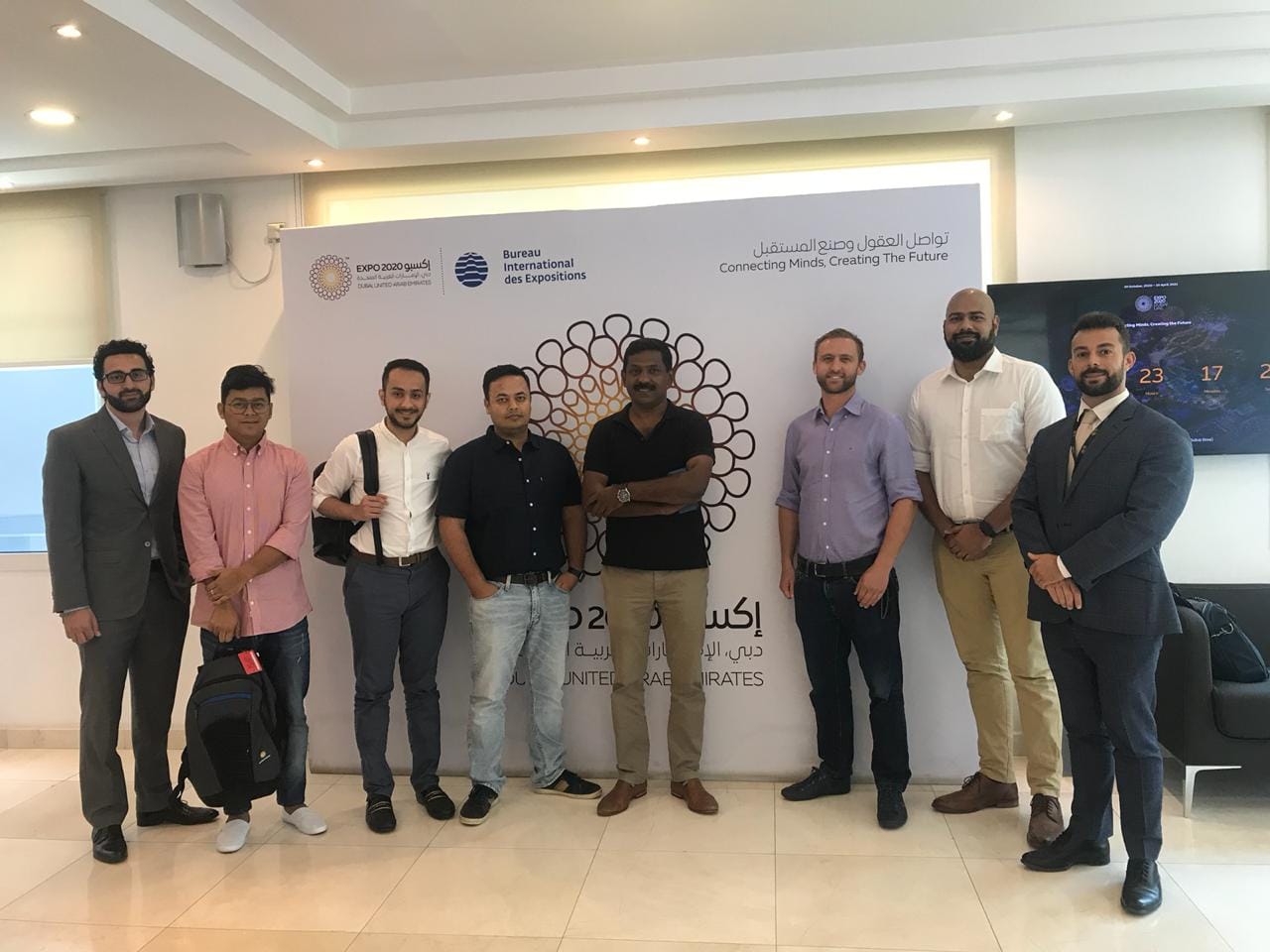
Cleartrip’s brand identity has been its UI/UX. If MMT was like walking into BigBazaar then the Cleartrip experience was like Nature’s Basket at the price of Big Bazaar. Thanks to the evolution of price-led e-commerce in India, the consumer’s ability to recognize & value a better experience has been shadowed.
5. Product & Market Diversification
MMT recognized that flights are a transactional business & not a service that could build loyal consumers. They diversified & invested way early in their journey into products and services that would build stickiness & loyalty — hotels & holidays, etc.
Cleartrip, however, with its shallow pockets & EBIT focus was challenged in being able to play a serious game in hotels & holidays. That said, about product and service expansion, interesting to understand how these two companies went about geographical ambitions.

Cleartrip made two investments, one in Rome2Rio in 2012 & other in IManageMyHotel in 2015. While MMT went ahead and made 12 investments across other OTAs, tour operators, travel tech, etc. Only 1 investment or acquisition is something which paid off for both, i.e., Flyin for Cleartrip and Goibibo for MMT.
Cleartrip acquired Flyin at the start of 2018 to strengthen its emerging market OTA pitch and also to solidify its position in the Middle East. With this acquisition, they added offices in KSA, Egypt, & Hyderabad. MMT, however, despite multiple attempts never succeeded in doing anything substantial in the UAE or the Middle East as a whole.
It is notable that during the period 2010 to 2020, while MMT has had numerous entries & exits in their senior leadership teams, the leadership team at Cleartrip has been far more stable & consistent.
Both Cleartrip & MMT in 2008, were neck-to-neck when it came to flight and hotel bookings. It was very difficult to pick a winner & then the financial crisis happened. With both the companies having pretty much similar cash-in-the-bank where Cleartrip had to be conservative and not spend too much on marketing, MMT double downed. This one decision slowly widened the gap between the two companies ending in a huge difference over the next 6-7yrs due to compounding. While MMT was just about burning a hole in Cleartrip’s hotel business, Goibibo launched in 2009 and pretty much aimed at owning the hotels market by heavy discounting. Cut to 2019, Cleartrip completely exited direct contracting of hotels in India & Middle East and replaced it with focusing on enabling hotels’ content from MMT, Expedia, & a couple of more B2B hotel beds.

6. Investors
Your first investor chooses you & then you choose your next investor. I wish this was universally true. Having the right investor can mean the difference between success and failure. I have seen closely how an investor can make or break a company’s vision.

On one hand, MMT had marquee investors like Tiger Global & Ctrip which understood scale, and growth, & could digest losses; on the other Cleartrip’s major investor was Concur/SAP. Post Concur’s acquisition by SAP, the outlook towards Cleartrip was more of a backward integration to their expense management tool than looking at growing the business aggressively.
In late 2019, SAP Concur decided to shut down one of its most talked about acquisitions; Hipmunk. The founders of Hipmunk, Adam Goldstein & Steve Huffman, tried to acquire the brand from SAP, but they refused and retired the brand on 23rd Jan’20. Adam used to be on the board of Cleartrip too till Jan’20.
SAP didn’t have an investor mindset nor looked at growth. To quote from a Skift article,
“The Germany-based SAP is known for being a lethargic, cumbersome bureaucracy with a conservative corporate culture, where integrations can at times get short shrift.”
Cleartrip was a victim of this. While everyone around in the region was focusing on growth, Cleartrip had to be profitable or close to it to appease SAP & the board. And then the music stopped.
In August 2015, Cleartrip was the first in India to launch its tours and activities product. Around that time, Klook, a Hong Kong-based startup, launched its tours & activities product.
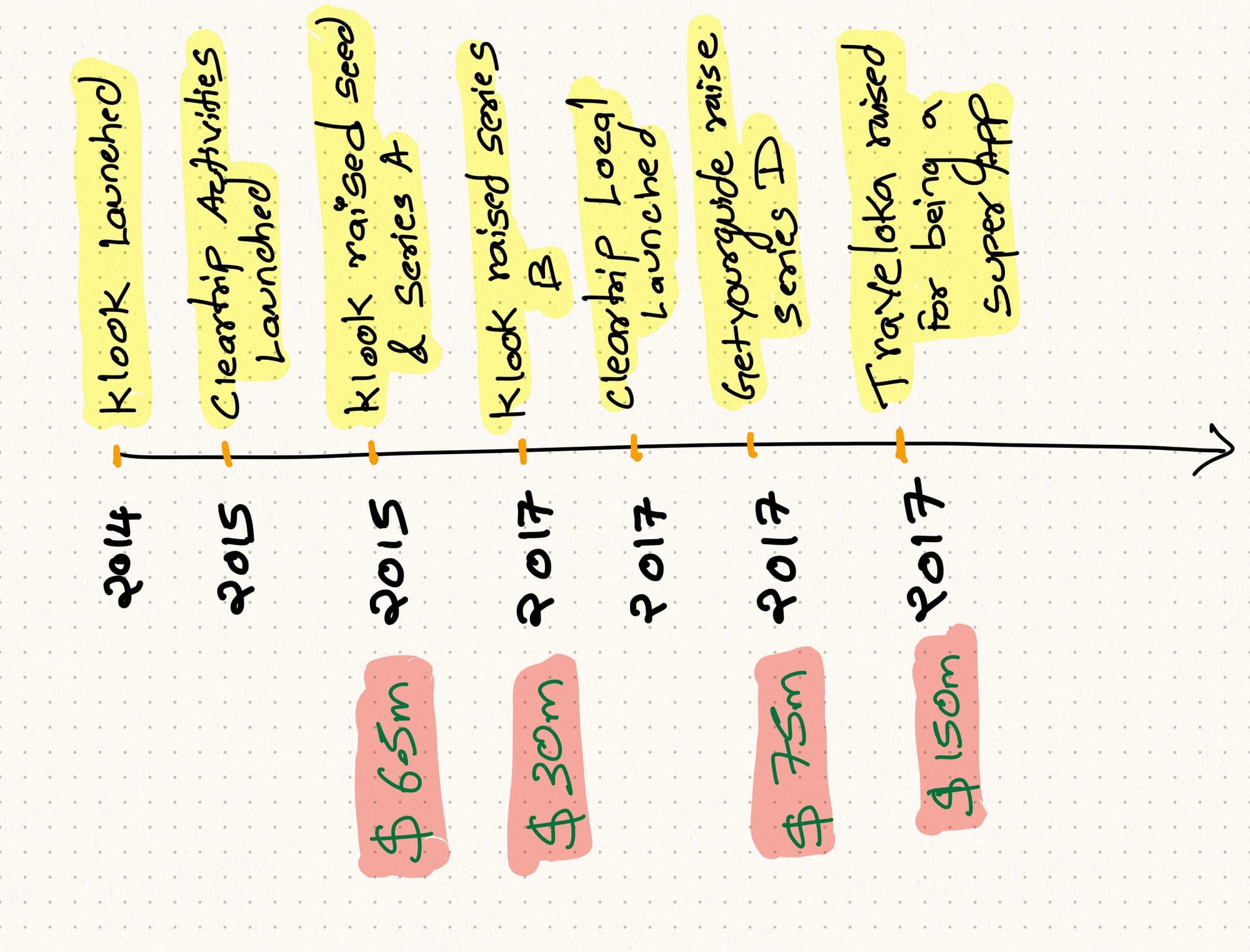
From 2015 till pre-pandemic, the tours & activities industry saw a major boost in funding, primarily led by Klook & GetYourGuide with SoftBank on their side. Traveloka too pivoted to being a lifestyle business over being strictly an OTA & raised upwards of $500 m.

Looking back, Cleartrip’s tours & activities business did not evoke any such special resourcing by its board & investors. I have personally experienced the supply platforms & the consumer interface of almost all players in the space & my unbiased view with a consumer & product lens — Cleartrip was by far the best!
7. Acquisition by Flipkart — The Win Win Win Equation
Flipkart acquired Cleartrip for $45m with a mix of cash and equity. In a normal year, this would be less than half of Cleartrip’s revenue. As travel bounces back on increased vaccination, Cleartrip will be able to leverage Flipkart’s large customer base. Flipkart’s last reported valuation is $24.9 bn from July’20 on an estimated revenue multiple of 4x. This means that the group will be able to add at least $400-500 m with this acquisition. They will also be able to sell the Middle East business to a potential buyer for $100-200 m, post-COVID-19.
Flipkart, being the poster child of the Indian startup story, understands growth, scale, customer, & capital needed to fund it across the board. It will be able to garner resources from within the group and also outside due to its brand value. Under this new leadership, Cleartrip should be able to re-launch some of its forward-looking initiatives for its customers. Imagine Cleartrip being a part of the Big Billion-Day sale or Flipkart customers being able to redeem their rewards with travel & vice-versa. A lot can happen here & people from Flipkart have all the means to make it happen. This can add pressure on the likes of MMT, Yatra, etc. as travel slowly starts picking pace.
Cleartrip has found a home for all the journeys that it has had. A larger base of Indian consumers will get to savour a world-class product experience.

Travel & mobility are an essential component for any super app. There are two ways to look at this — one is that travel apps can themselves be super apps in the context of travel use cases & apps like PhonePe, PayTM, etc. who want to have travel as a part of their super app offering. Both are very distinct and very different animals to tame. In the case of FK it would be the latter, starting with an ecosystem of travel which is fairly solved, i.e., Flights and Hotels, rest of everything can wait.
For PhonePe, at least in the beginning, might not see a healthy up-take from this acquisition. Airline miles would, anytime, be perceived as more valuable than any instant cashback that can be offered on UPI transactions for frequent travellers. Between FK & PhonePe, the former has done a better job at integrating the flights’ product of Ixigo while the latter is still using PWAs with third-party brands like Ixigo, MMT, etc. A big opportunity can arise from Tier 2/3 towns as more and more airports open up under the Udaan scheme, these cities will have a lower credit card penetration and UPI adoption would be the highest.
8. Cleartrip Mafia
By my estimate close to 6,000-6500 people had worked through the Cleartrip group over 15 years. With a little digging on LinkedIn, I found that of these, 72 people have founded a start-ups across various sectors like SaaS, travel, e-commerce, & even NGOs.
My time & experience at Cleartrip sparked an idea to start up & build on the lines of Travel-as-a-Service. I have been pondering this for close to a year now & have finally taken the plunge. Travel tech is going through a monumental orbit shift now, accelerated in part due to COVID-19.
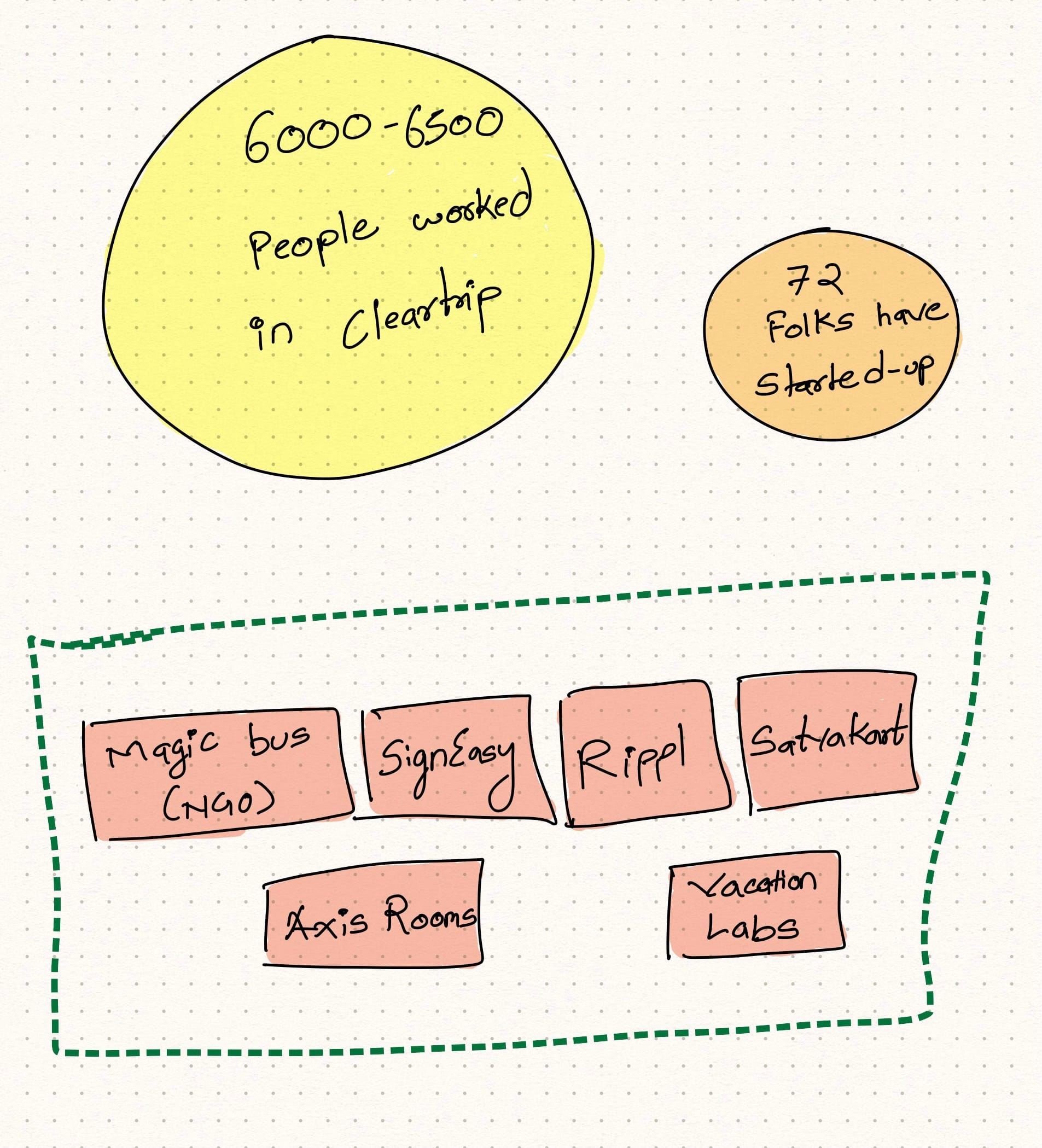
This is the right time to start-up in travel. This plunge has made me respect founders even more.
Conclusion
Steve Jobs said, “We can only connect the dots looking backwards” & this has been my attempt at narrating my Cleartrip experience; trying to also minimize the hindsight bias. When resource optimization happens, the obvious candidate is the line of business which will give the most return; the temptation to do the obvious is easy.
One of the biggest contributions of Cleartrip towards my thought process has been that the ability to think long-term is not enough, one has to ensure that these bets have realistic & scalable milestones. Otherwise, they are just dreams. As a CEO or owner of the business, you shouldn’t focus on the 90% of the business which is running fine. It’s critical to look at the 10% of the bets which are the future & take decisions which can hurt the current majority of the business in the short term to gauge the impact of your long-term bets. This is no easy task.
I am happy that Cleartrip has found a new home where it would be able to form a more coherent long-term vision & not fall into the pits of executing short-term opportunistic plays. Flipkart will be able to ensure that Cleartrip can spread its wings far & wide, potentially being one of the greatest M&A in India’s e-commerce landscape.
It wasn’t like Cleartrip didn’t have a strategy to diversify, what it lacked was a bit of faith and conviction to back it with resources. A sort of conservativeness under being cautious. It didn’t have access to unlimited capital & was trying to raise money for another important acquisition around Dec’19, then Covid-19 hit & pretty much decimated the business. For a flight-heavy business with falling commissions, it was even more difficult to raise money resulting in massive lay-offs and extreme cost-cutting measures to survive this once-in-a-generation pandemic.
In closing, I would like to say that Cleartrip did everything right for its users from the business, product, tech, & support perspectives but what it didn’t do is take enough risks on behalf of its customers. The only way to take more risks is to do more things. While perfection is an important aspect of any business, it can quickly become an art of de-risking yourself as you try to do a few things perfectly.
I will owe my future to what I learnt in Cleartrip from my managers, management, colleagues, other stakeholders, & the industry; not only in times of abundance but also in scarcity. In these tough times, the management made a very hard decision to save the company & provide a future to what they have built & to keep building, like a parent who sacrifices for their kids.
Cleartrip will continue to make travel simple! Cleartripper for life!
Special Mentions
Special thanks to Anand Kandadai & Manish Bharthi for providing this opportunity to work at Cleartrip. It has been a journey of immense learning & fun to work with him & the team.
Thanks to Disha Parekh for editing this piece.
With additional inputs from Dalan Mendonca, Ravi Raja, Rohit Verma, Karan Mange, Chetan Sharma, Joy Ghose, & a few more current & ex Cleartrip employees who wish to be anonymous.
For reading the first draft & sharing their views thanks to Sourav Das, Falguni Verma, Yougender Bhatia, Rachit Kulshrestha, Rahul Singh, Udita Pal, Bharat Jain, Charmis Pala, & a few more current & ex Cleartrip employees who wish to be anonymous.

Member discussion